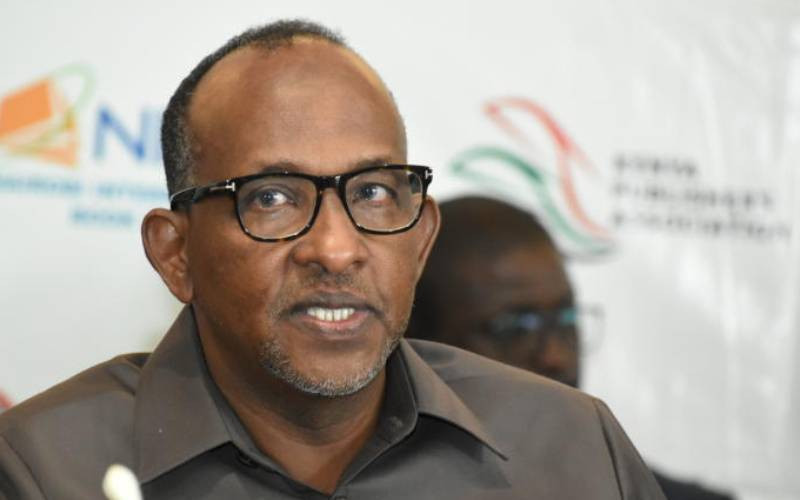Kenya has experienced improved road network with an average access index of 70% that places the country among the best in Africa and within the top 100 worldwide according to a road inventory and condition report released by Kenya Roads Board (KRB).
According to the KRB Road Inventory and Condition Survey (RICS) 2018 report, the government has in over the last ten years, upgraded over 1500km of roads to bitumen standards and maintained an average of 50,000km each year.
The report indicates that 4000kms of road projects are currently ongoing in different parts of the country while further revealing that the government invested in excess of one trillion in roads between 2009 and 2018.
The report says that a projected total collection of Sixty-nine billion in 2019-2020 Financial Year from Road Maintenance Levy Fund (RMLF) will be applied for road maintenance. The funds will be disbursed by KRB to the Road Agencies for the maintenance of 62,151km of roads in all parts of the country.
The report also reveals that Kenyans have greatly benefited from improved road network quality ranging from safety, affordability, low cost of doing business to vehicle operating costs, and travel times.
Funding Gap
However, the report indicates that despite the improved investments in road infrastructure, Kenya still faces an infrastructure deficit that hinders optimum growth throughout the country.
The Road Sector Investment Program (RSIP) estimates that road network requirements over the next five years are Sh 1trillion versus projected budgets of Kshs 800billion. There is, therefore, a funding gap of Sh 200billion according to the report.
The report says collections of RMLF only meet 70% of the road maintenance needs requirements, pointing out that Kenya has a large unpaved road network with only 10% paved, which renders the network at risk of cutoff during rainy seasons.
As a way of addressing the deficit, the report reveals that the government, through KRB is considering alternative road maintenance financing mechanisms such as incorporating long-term infrastructure bonds, public, private partnerships and introduction of new road user charges like motor vehicle inspection fees, annual motor vehicle licenses among other measures to generate additional funds for maintenance.
 The Standard Group Plc is a
multi-media organization with investments in media platforms spanning newspaper
print operations, television, radio broadcasting, digital and online services. The
Standard Group is recognized as a leading multi-media house in Kenya with a key
influence in matters of national and international interest.
The Standard Group Plc is a
multi-media organization with investments in media platforms spanning newspaper
print operations, television, radio broadcasting, digital and online services. The
Standard Group is recognized as a leading multi-media house in Kenya with a key
influence in matters of national and international interest.
 The Standard Group Plc is a
multi-media organization with investments in media platforms spanning newspaper
print operations, television, radio broadcasting, digital and online services. The
Standard Group is recognized as a leading multi-media house in Kenya with a key
influence in matters of national and international interest.
The Standard Group Plc is a
multi-media organization with investments in media platforms spanning newspaper
print operations, television, radio broadcasting, digital and online services. The
Standard Group is recognized as a leading multi-media house in Kenya with a key
influence in matters of national and international interest.







